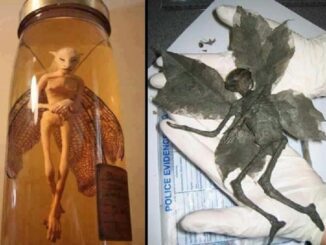
Ever look around the table when the “aspiring chef” in your family unleashes her latest culinary creation? Everybody seems to be waiting for someone else to take that first fateful bite.
Will it be gross? Not so gross? Or death in a burrito?
It turns out birds also rely on the reaction of friends to gauge the gross-ability factor of new and strange foods.
Particularly, blue tits and great tits — birds with a wide range of culinary pursuits that also tend to forage together.
A study, published this week in the Journal of Animal Ecology, suggests they know what’s good eating by letting another braver tit do the taste-testing. In fact, as the study reveals, even watching a video of those reactions helps them determine which meals to file under “That’s disgusting.”
For the study, researchers at the University of Cambridge prepared a meal for two groups of birds, 12 blue tits and 12 great tits. And by soaking the food in a bitter solution, they made sure it tasted dreadful. Then they marked the bad biscuits with a little black square.
How exactly does a bird make it known that the candidate for a meal has failed utterly? It can’t exactly scrunch up its beak or tell thinly veiled lies about how it tastes “interesting.”
But the birds managed to make their feelings on the repast clear. They shook their heads and wiped their beaks. No thanks.
Fair enoug. But the real surprise came when the Cambridge researchers showed a video of the taste-test to another group, also comprising 12 blue tits and 12 great tits. Apparently, they were paying attention — because when the same unpleasant morsels with little black squares on them were offered up, they sampled far fewer of them.
Interestingly, researchers also noted that blue tits learned the most by watching other blue tits. Great tits, the much bigger bird, however, could easily pick up visual cues from either species.
This may be due to the blue tit’s small stature, which may impose stricter dietary guidelines.

“The two species differ in size, and it is possible that great tits can cope better with chemical defences because they are larger than blue tits,” study co-author Liisa Hämäläinen, an ecologist at the University of Cambridge, tells New Scientist. “The costs to consume potentially toxic food might therefore be higher for blue tits.”
We know that animals from different species can rely on each other to gather essential information about their environment. Squirrels, for example, determine whether it’s safe to go outside by eavesdropping on conversations between birds.
But, as New Scientists notes, this is only the second time birds have been spotted taking dining cues from another species. Previously, only red-winged blackbirds and common grackles shared food notes.


